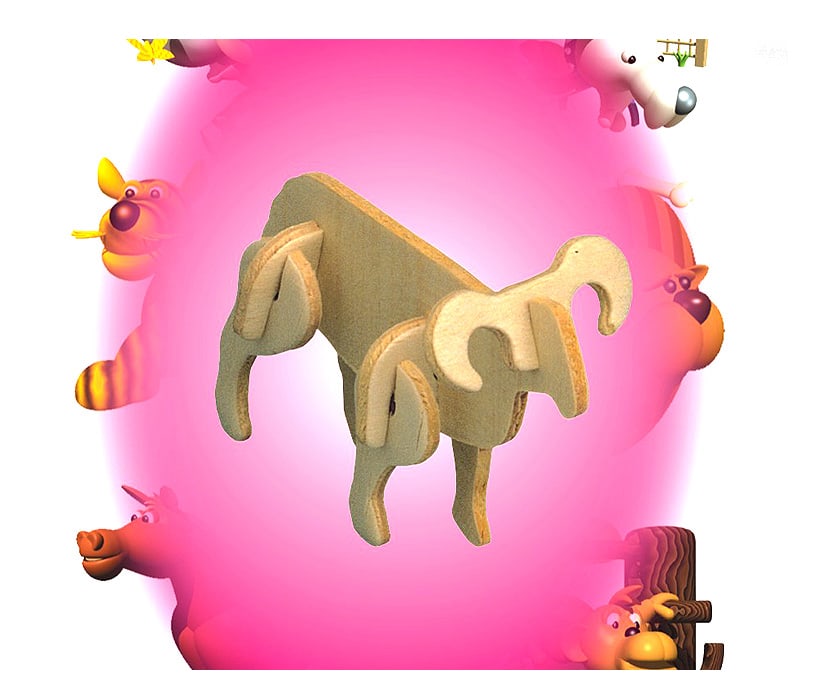

By splitting the image in to small squares and ignoring finer detail, we get an easy way to store, manipulate and transmit images. With bitmap images, part of that is in choosing the resolution. Choosing representations is a part of abstraction: choosing what matters to represent about data and what can be ignored. It is important to know about different representations already used.

Each bit pattern represents a different number and so a different colour.Īn important part of computational thinking involves being able to choose an appropriate representation of data. With two colours you need a single bit for each pixel, with 4 colours you need 2 bits, with 8 colours you need 3 bits, and so on. The more colours, the more bits are needed to store each pixels colours. It also means you can see more fine detail – smaller things may disappear in a low resolution image.Įach image has to also come with (or have pre-agreed) a key indicating which number corresponds to which colour. The number of colours allowed is called the colour depth. The image is less pixelated – you see the squares less. Higher-resolution pictures have more detail and in particular lines are smoother. The more pixels making up the image the higher the resolution it has. Each number gives the colour of that square of the image. This way of representing an image is called a bitmap image or a raster image.Įach image is split in to a grid of squares. One way images are represented and so stored in a computer or digital camera is as a grid of numbers.


 0 kommentar(er)
0 kommentar(er)
